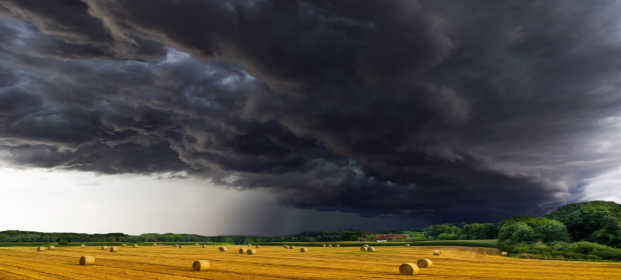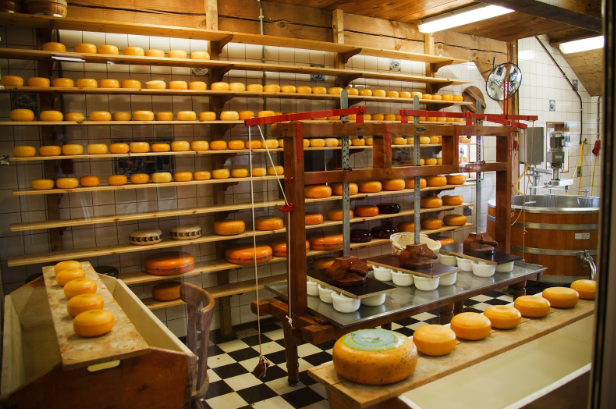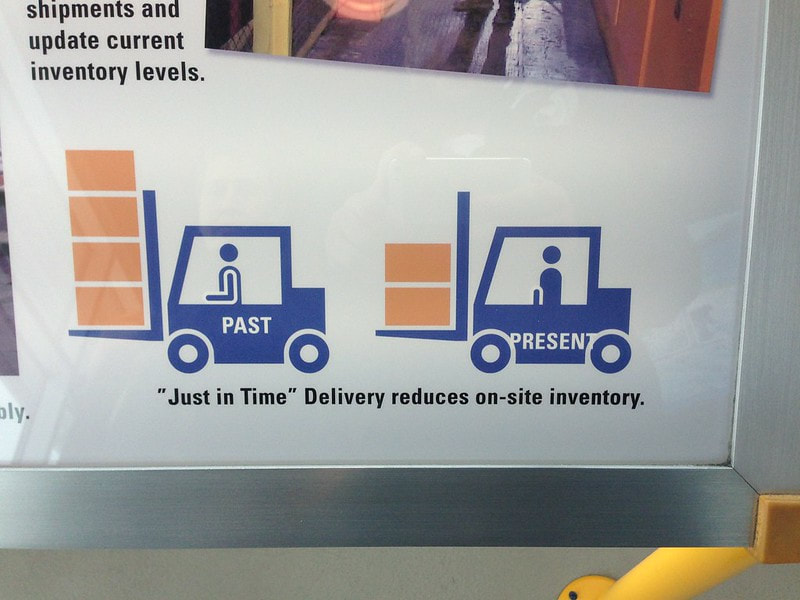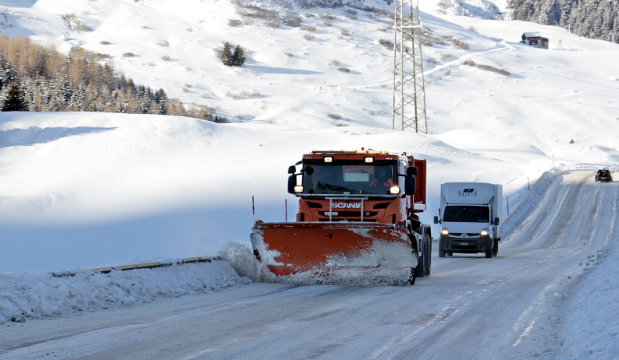Need for Adaptive ChangeIntroductionThe production, manufacture, distribution, and transportation (PMDT) system was built around the assumption that our climate was stable. Over the last 39 years we have witnessed a 200-400% increase in the four categories dealing with extreme weather and disaster. The PMDT is under continuous stress from extreme weather events and disruptions to any of these systems can result in shortages and price increases for food. In order to maintain an acceptable level of living we must consider adaptations to every facet of our lifestyle. ProductionOur current assessments of global food production have been commented on in previous posts. The recent trend in food production has shown a downward trend for staple crops. Wheat production was the lowest in a hundred years for the states (Hoener, 2018, para.2) while breadbasket regions such as Russia, Ukraine, Europe, and Canada have struggled to produce a surplus (Sterk, 2019, para.3). Along with production declines, use of what is being produced is increasing, and storage of carryover is declining, the result of which makes manufacturers reconsider and use alternative ingredients and practices. Update: The USDA has decided not to survey the loss of stocks in the Midwest Flood affected areas (Ingwersen, 2019, para. 1). Previous to this is the context that wheat production for the last two years has been the lowest in a century. Also, the area will be unable to produce crops due to the time needed to dry and prep for crops which will further reduce national production and stocks. ManufacturingThe result of decreased production of staple crops has made manufacturers reassess production practices and products. For example, it was reported that saw dust was put into bread as a filler material, listed in the ingredient list as cellulose (Wagner, 2017, para. 12). Another trend is portion and serving sizes have decreased based on rising commodity prices and is called Shrinkflation (Charlebois, 2018, para.3). These practices serve to maintain the profitability of selling food while preserving the illusion of plenty. Given current trends, at some point it will become obvious that these measures will no longer work and it will become glaringly obvious that food will become costly. DistributionThe distribution system along with other systems in our food systems was created and maintained in the premise that we had stable climatic conditions. The distribution system is how our food is delivered to grocers and to our plate. The Just In Time (JIT) delivery system is what is used in our supermarkets distribution system. The JIT track purchases and created a forecast of needed products which arrive in time. There is no long term storage capacity for foods at food supermarkets or superstores. Any disruptions to the JIT System can result in product shortages. (Keeling, 2011, para. 8). Since we are experiencing extreme weather as a result of destabilizing climatic condition, all other supporting systems are experiencing delays which reverberate through our distribution system. Update: The Midwest Floods affected an area that is central to distribution, many roads and railways were destroyed (Transportation Impacts of Midwest Flooding, para.2). Production and stocks were greatly affected but also the distribution system needed to transport from field to manufacturing or market. TransportationRecent weather patterns have become more persistent and intensity in nature. Transportation has to weather extreme conditions like intense winds, heavy snow, and flood conditions which can delay in the transport of foods to markets (Sullivan, 2019, para. 3). In January here, roads were shut down near the mountains because winds reached 186 km/h which toppled transport trucks. Flood conditions in the midwest affected road and railway. The United Nation’s Trade and Development released a report stressing the need for climate change adaptation for modes of transport which is being more affected by extreme weather (UN, 2018, Act now on climate adaptation, para. 4). ConclusionThis summary is in no means comprehensive but our estimation of the most pressing issues in our food systems. Fruits and vegetables are important to maintaining or increasing personal health and conditions and considering that we source 82% of our produce from out of country, this makes us extremely food insecure. The stable climate we built these systems is a thing of the past and we must now consider Climate Change Adaptations (CCA). As growing trends become more uncertain and industry struggles to adapt, what can you do adapt? The act of growing your own food, recycling and re-purposing of scrap, and changing of food consumption practices are things that you can do. That is Climate Change Adaptation and it is needed. By instilling CCA’s into our food systems and personal habits we increase our resiliency and personal health, in the face of increasing volatility. ReferencesCharlebois, S. (2018, May 23). Shrinkflation: Why the food packages you buy at the grocery store continue to become smaller. Globe and Mail. Retrieved from https://www.theglobeandmail.com/business/commentary/article-shrinkflation-why-the-food-packages-you-buy-at-the-grocery-store/
Hoener, C. (2018, December 28). Planted Wheat Acres Projected to Hit 100-Year Low. U.S.News & World Report. Retrieved from https://www.usnews.com/news/best-states/kansas/articles/2018-12-28/planted-wheat-acres-projected-to-hit-100-year-low Ingwersen, J. (2019, April 23). USDA will not survey for volume of grain lost to U.S. March floods. Reuters. Retrieved from https://www.reuters.com/article/us-usda-grains-weather/usda-will-not-survey-for-volume-of-grain-lost-to-u-s-march-floods-idUSKCN1RZ2LJ Keeling, J. (2011, May 26). Opinion: Rethink the 'Just-in-Time' Delivery System. Transport Topics. Retrieved from https://www.ttnews.com/articles/opinion-rethink-just-time-delivery-system Sterk, R. (2019, February 19). U.S.D.A. data dump offers few revelations. Food Business News. Retrieved from https://www.foodbusinessnews.net/articles/13341-usda-data-dump-offers-few-revelations Transportation Impacts of Midwest Flooding (2019, April 5). Retrieved from https://www.grainnet.com/article/166508/transportation-impacts-of-midwest-flooding United Nations (2019). Urgent need for climate adaptation in transport, says experts. Retrieved from https://unctad.org/en/pages/newsdetails.aspx?OriginalVersionID=2063 Wagner, T. (2017, November 1). How wood got in our food, then out of it, then back into it again. Marketplace. Retrieved from https://www.marketplace.org/2017/10/31/business/uncertain-hour/how-wood-got-our-food-then-out-it-then-back-it-again
0 Comments
|
AuthorWrite something about yourself. No need to be fancy, just an overview. Archives
March 2022
Categories |





 RSS Feed
RSS Feed